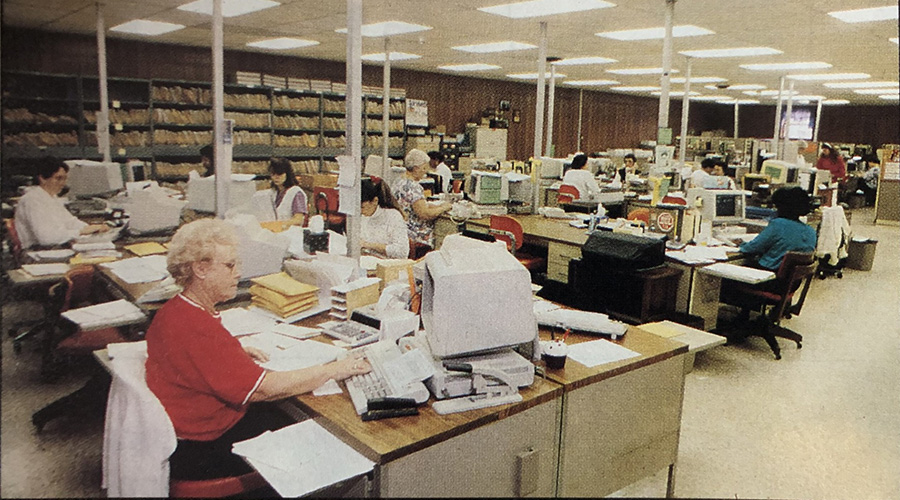Developing Standards For Replacement Products in Existing Buildings
Constructing standards for ongoing building maintenance is a bit different animal than developing new construction specifications. For items like finishes and furniture, facility executives are usually even more particular because it's nobody's decision but their own. Similar to new construction, maintaining consistency from building to building is important, say experts.
For example, Michael Gardner, vice president of operations for Butler University, says he has two or three manufacturers he'll use regularly both because he trusts them and the quality of their products, and also because he wants to try to limit the amount and diversity of inventory he'll have to keep on hand.
Another key component in the development of replacement product standards is a rock solid relationship with a manufacturer's representative.
"We have an HVAC service technician who is so good, we don't want to go to another brand because we don't want to lose him," says Keith.
Gardner concurs: "What some product choices boil down to is the relationship between our maintenance guys and their sales staff. If we can't trust our sales rep, we'll go to another vendor."
As far as re-evaluating product specifications, some facility executives look at standards on a periodic basis. In Balzer's case, the eight-year cycle is about the time things like paint and some types of flooring need to be replaced anyway. Most facility executives simply review their standard specification on an as-needed basis. But it's important to make sure that too many years don't pass between reviews. Otherwise, technology may have drastically changed.
Shifting organizational priorities may also warrant a review of product standards. "Sustainability is changing our standards," says Gardner. "We're trying to go green, so that has forced us to change our specs." 
Related Topics:













